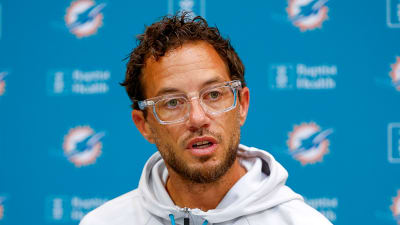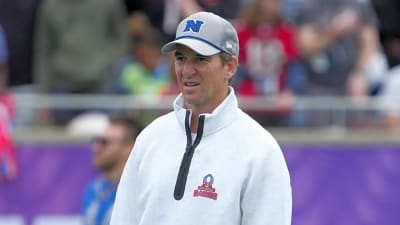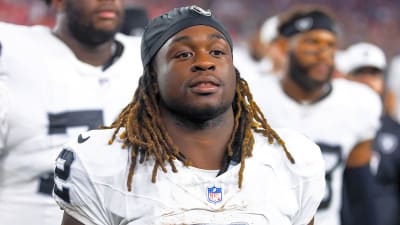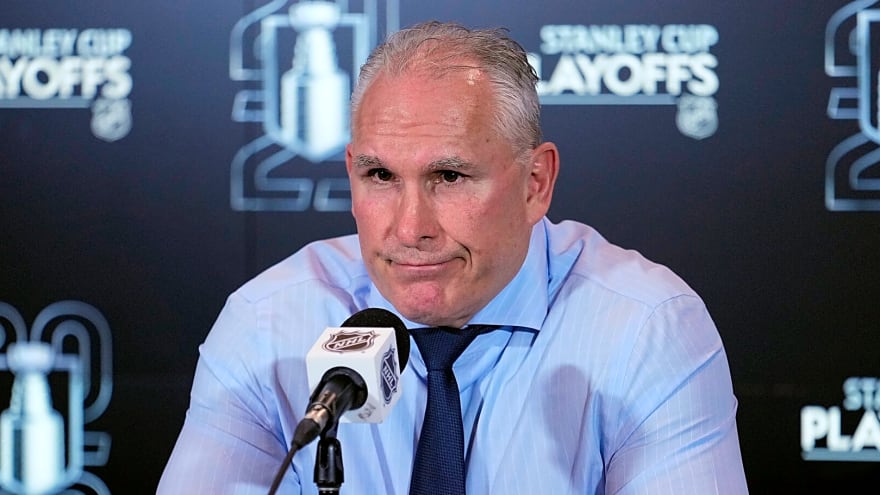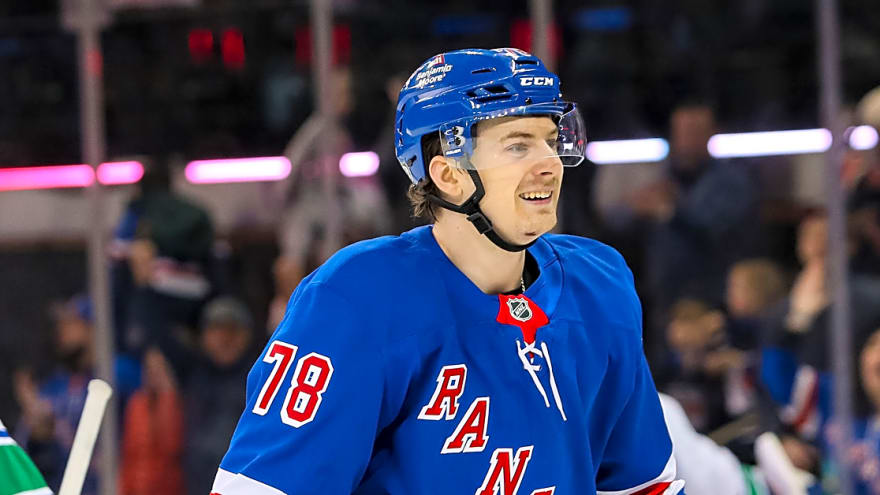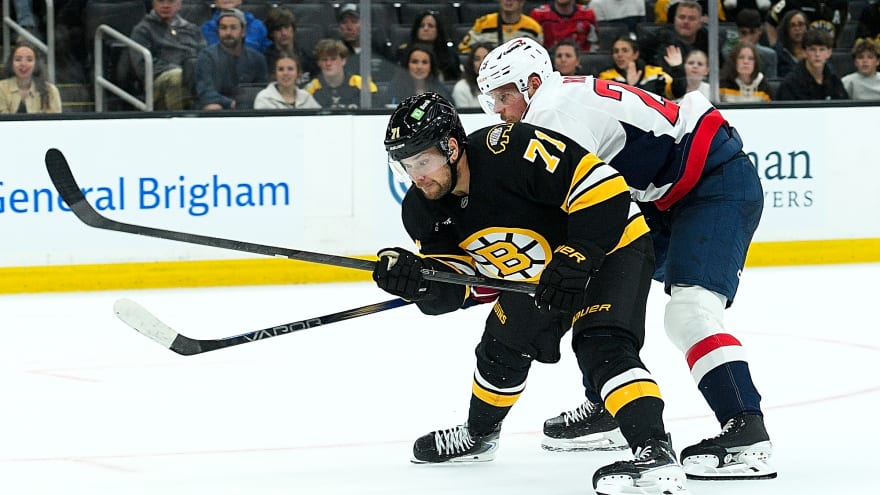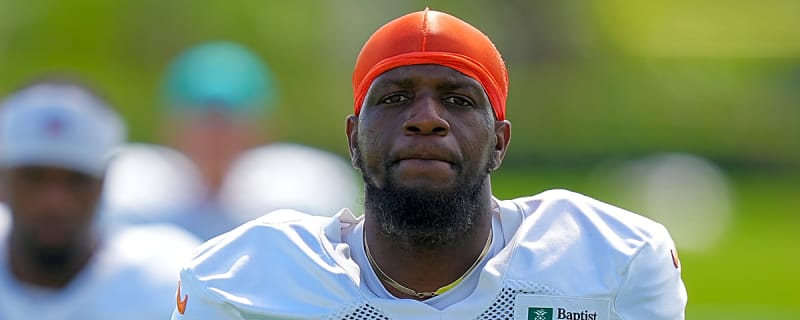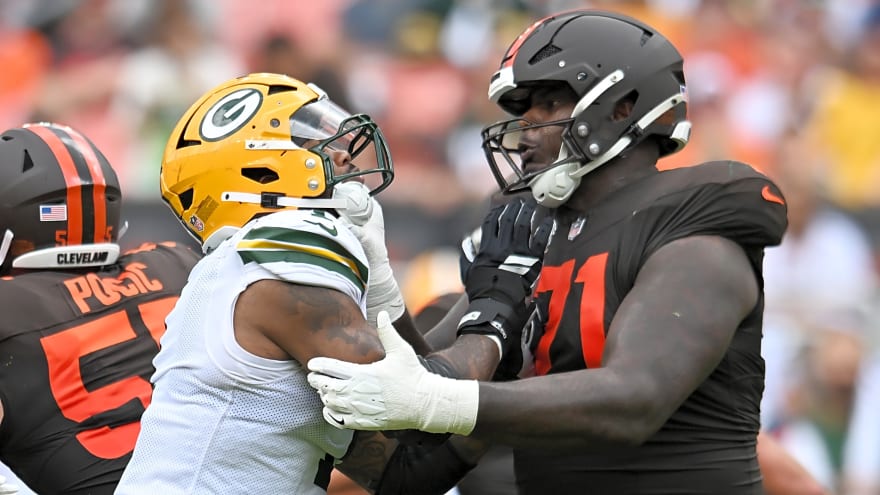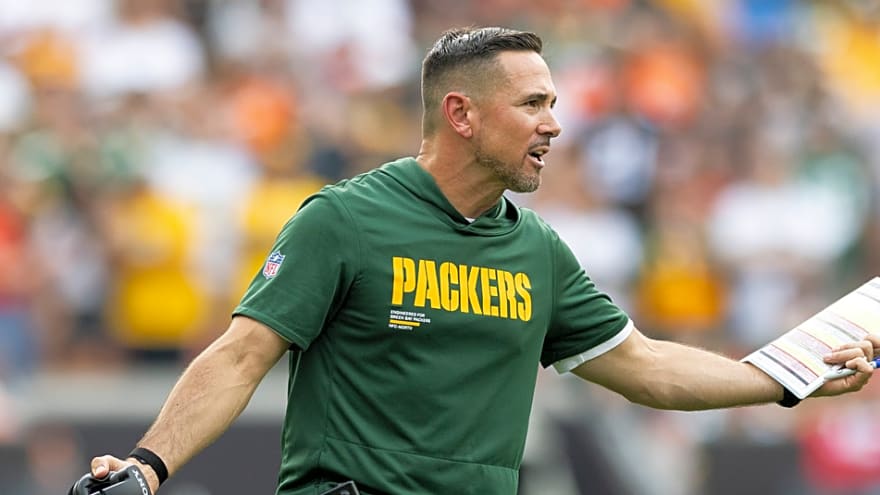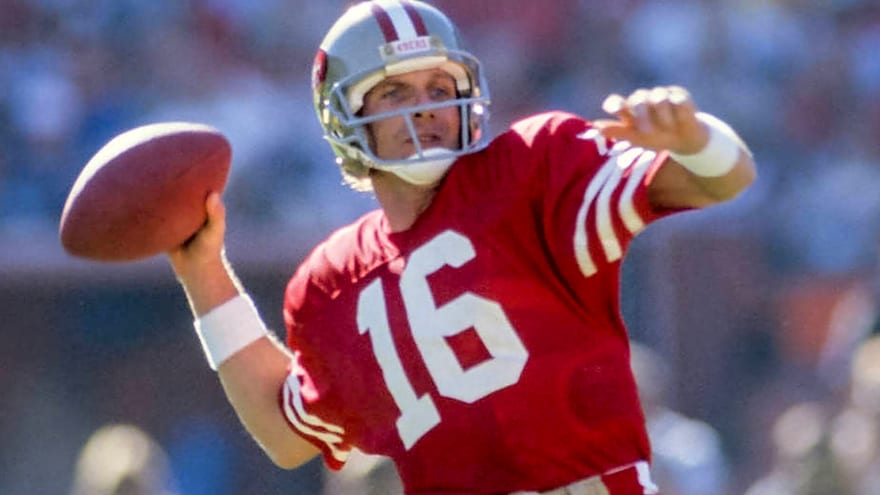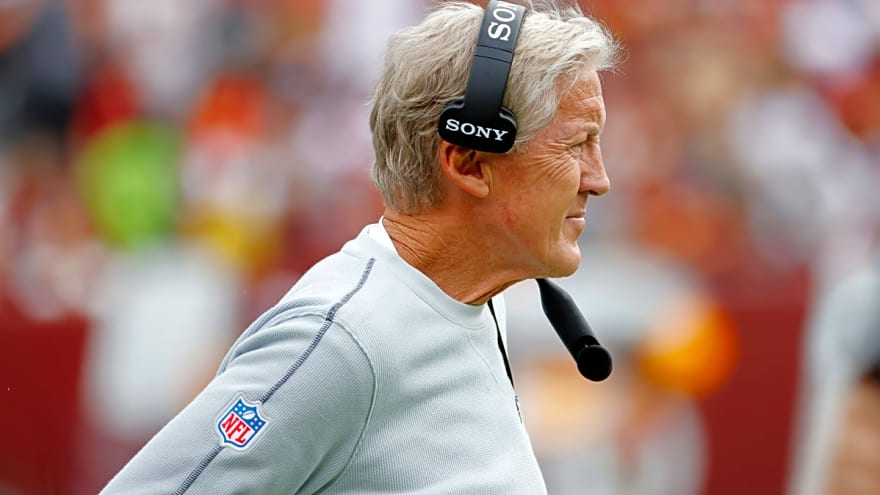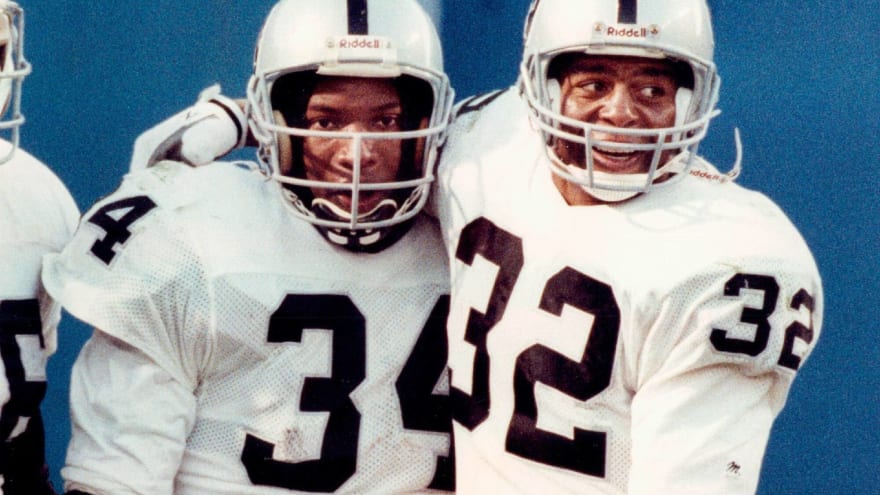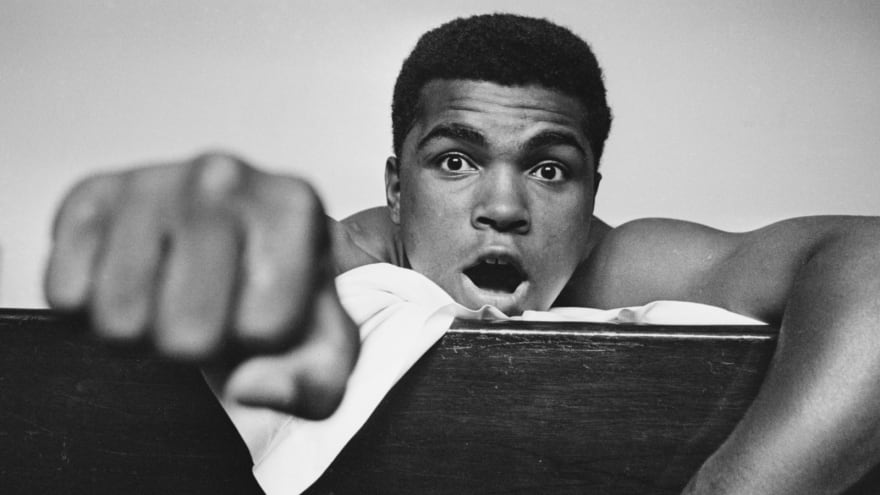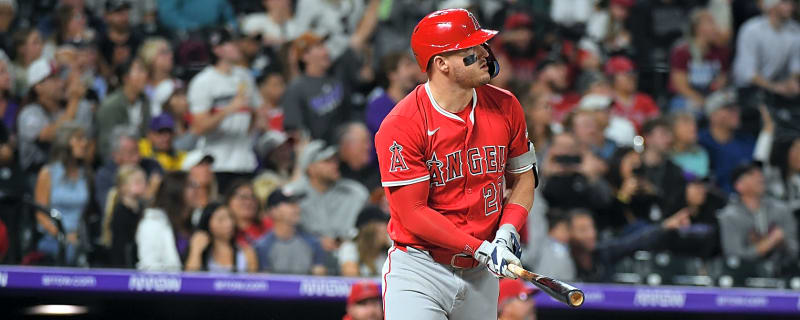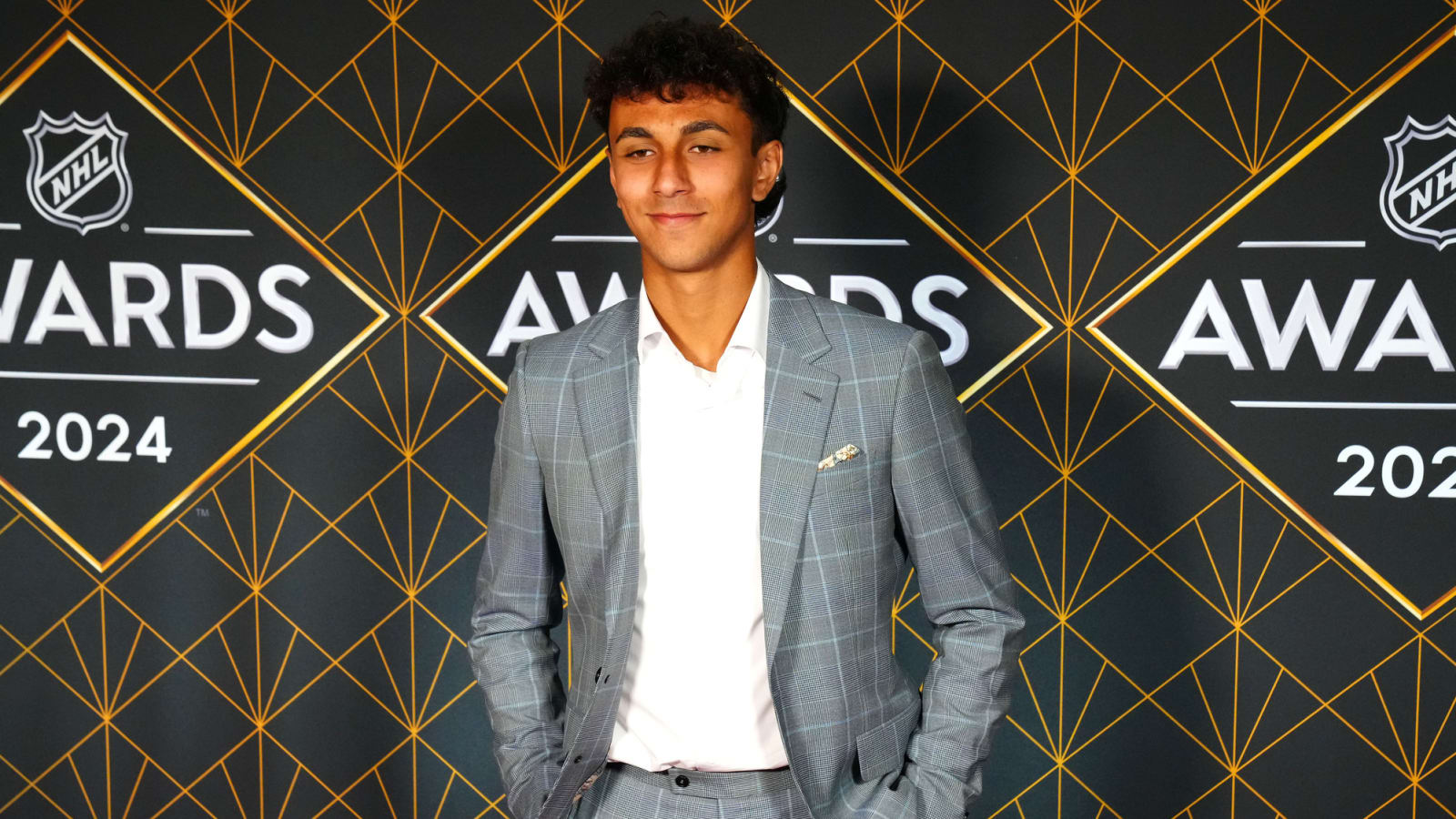
The Canadian, in the coming years, wants to make room for young people. But they won’t all arrive at the same time.
In 2024-2025, it was the full-time arrival of Lane Hutson in Montreal. He is performing very well and even has a chance to bring the Calder Trophy home, if all goes well.
Next year? It will be Ivan Demidov’s year.
There are several names that will be added to Demidov in the coming years. But in the very short term, we should not expect Michael Hage’s name to be among them.
In fact, next year, everyone expects to see him return to the NCAA.
This is the formula used by the CH with its top prospects in the United States (Cole Caufield, Jacob Fowler, Lane Hutson, etc.) and Michael Hage is not dominant enough to force the hand of his bosses in Montreal.
And that’s what his coach says: Hage needs to dominate even more before making the jump to the pros. Jean-François Chaumont reported it all.
A successful first season for Michael Hage in the NCAA, but his coach believes that the Canadiens’ prospect will need another year at the university level
https://t.co/tgMGh6oraJ pic.twitter.com/JRK07Hi707
— LNH (@LNH_FR) February 28, 2025
Hage was given the challenge of dominating in the second half of the season and it didn’t happen. He’s good and does the job among the good players on his team, but he doesn’t dominate.
Is it the end of the world at his age? No. After all, 32 points in 30 games at 18 years old, that’s excellent. There are two regular season games left in his season, but that won’t change everything.
But with one more year of training in the university context, he will be able to move to another level and be even more ready to make a difference in the Canadian organization.
Another year at Michigan and one in Laval, that should bring him to a good port. Right?
In rafale
– Tough blow.
They are afflicted with injuries. https://t.co/teRekXxdJa
— Passion MLB (@passion_mlb) February 28, 2025
– Cole Caufield: game changer. [BPM Sports]
– Yes, Jake Evans is in demand.
We’re 1 week from the trade deadline. Talk is picking up again, and @KatePettersen_ & I touch on some of the items percolating across the NHL in today’s edition of “The Latest” presented by @CCMHockey. #AllCaps #LeafsForever #LetsGoFlyers #Canucks #GoBolts #GoHabsGo #stlblues pic.twitter.com/OF3TfRXFjT
— David Pagnotta (@TheFourthPeriod) February 28, 2025
– Note.
Across the NHL: Max Pacioretty headed to injured listhttps://t.co/Rf0r0MwumH
— RDS (@RDSca) February 28, 2025
More must-reads:
- Maple Leafs make six roster cuts with two notable surprises
- Rangers forward in a fight for his future amid new competition
- The 'Multiple 30-TD pass NFL seasons' quiz
Breaking News
Trending News
Customize Your Newsletter
 +
+
Get the latest news and rumors, customized to your favorite sports and teams. Emailed daily. Always free!
TODAY'S BEST

Juraj Slafkovský: JiC wants him out of the first line
Last year, at the end of the season, the Canadiens’ first line really took a big step forward. Nick Suzuki, Cole Caufield and Juraj Slafkovský took their game up a notch in the final weeks of the campaign, helping the club qualify for the playoffs.The three guys complement each other well on the ice, and they’ve figured out how to translate that into results.In the eyes of many, then, we should expect to see the three guys back together again at the start of the season. But there are those who see things differently. Jean-Charles Lajoie, who talked about it on his JiC show tonight, is one of them: in his eyes, the Habs need to get Slaf out of the first line.And the reason is simple: it would allow the Habs to have a much more balanced line-up. That way, for example, the club wouldn’t have to put Patrik Laine and Ivan Demidov on the same line and could avoid problems on the defensive end. Martin St-Louis could put one of these two guys on the first line and send Slaf to complete a second unit. And in essence, this point is defensible… except that the club would be taking a big risk. Right now, they only have one line that’s a real sure thing, and removing Slaf from that line (which was one of the best in the NHL last year) would mean the club would lose that advantage.If the club needs a jolt, splitting up the first line could be an option. But at the start of the season, I find it hard to imagine the Habs going ahead with such an idea… especially as we don’t even know if the second line will really be a problem defensively.As things stand, it would be a bit like robbing Peter to pay Paul, in my eyes. But if Paul ever starts to get really cold (read here “the Laine-Demidov duo isn’t working”), maybe it’ll become an idea to consider.And when you see the three guys from the first line together in the same group at camp, it doesn’t look like this wardrobe makeover will happen tomorrow morning. ’Overtime’ – Big Patrik, that. – Indeed. – Great opportunity for
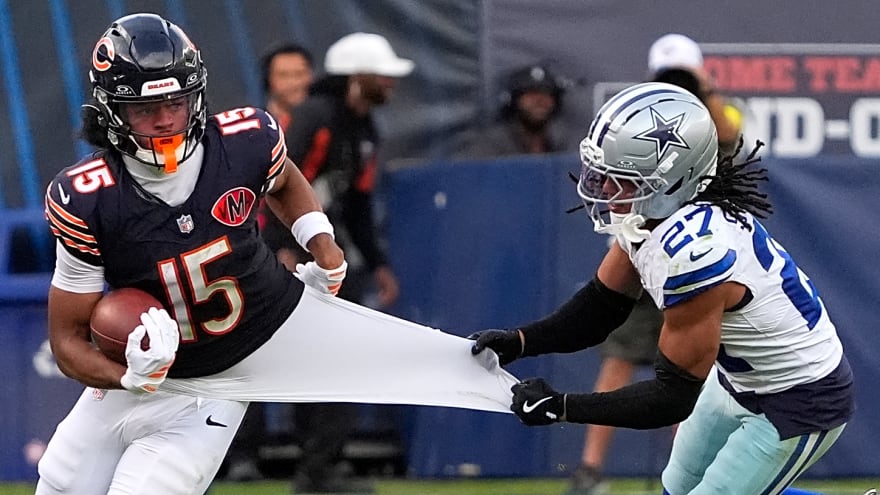
Former HC does not hold back on Cowboys' atrocious defense
The Dallas Cowboys have played about as poorly as they possibly can on defense through the first three weeks of the NFL season. One week after needing a pair of late field goals from kicker Brandon Aubrey to outlast the New York Giants, 40-37, in overtime, the Cowboys dropped their second game in three weeks on Sunday in a 31-14 loss to the Chicago Bears, showing no signs of improvement whatsoever. Rex Ryan blasts Cowboys defense Simply put, Dallas just looks lost on defense, leading to former head coach and current ESPN analyst Rex Ryan going off during Monday's edition of "Get Up." "Just when we thought it couldn't get worse, this defense comes up with even a worse performance," Ryan said. ... "You're so dumb. I can't stand it. Do something. I don't want to hear about you can't rush the passer. Then how about we send more players on the quarterback. We can't play zone coverage, then how about we play man coverage. You guys stink. Dumbsday defense." Dallas had no answers for the Bears and QB Caleb Williams on Sunday. After struggling to find a rhythm in the first two games, Williams was sensational, throwing for 298 yards and four TDs to pick up head coach Ben Johnson's first win in Chicago. As good as Williams was, though, the Cowboys defense certainly helped. Dallas (1-2) has given up 92 points through three games and is 28th in the league in opponent points per game (30.7 PPG), per TeamRankings. Something Ryan alluded to in his rant was Dallas' inability to stop Chicago on a 19-play, 76-yard drive in the third quarter that took 9:54 off the clock. It was a 24-14 game before then, and the Cowboys were picked off on each of their final three drives afterward to seal their fate. Quarterback Dak Prescott has been solid, accounting for 800 passing yards — fourth-most in the league — and three TDs. Before Sunday, he had only thrown one interception. The run game has also contributed four combined TDs between Javonte Williams and Miles Sanders, providing a much-needed balance. That has ultimately not mattered with the defense unable to get stops and limit drives from opposing teams. To make matters worse, star wideout CeeDee Lamb suffered a left ankle injury in the loss on Sunday, and it sounds like he could land on injured reserve, which would put him out of action for at least four games. That is the last thing Dallas needs right now. The team will likely be without its best player for an extended period of time, in addition to having an abysmal defense, which does not sound encouraging going forward for a franchise that always seems to be in the spotlight for all the wrong reasons.
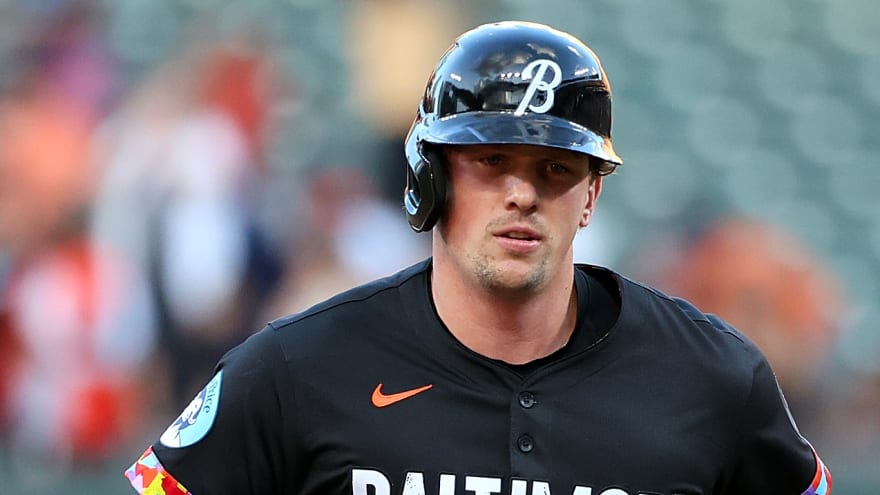
Why did the Orioles activate star player during last week of season?
Ahead of the final six games of the season (all against American League East foes), the Baltimore Orioles have activated catcher Adley Rutschman. The move may have little to do with this season and everything about what the Orioles may do with Rutschman in the offseason. Sidelined with a right oblique strain since Aug. 21 (retroactive to Aug. 18), Rutschman has struggled this season, slashing just .227/.310/.373 with nine homers and 29 RBI. His OPS+ of 92 is the lowest in the four years he has been behind the plate in Baltimore. While the Orioles certainly would like to get the former No. 1 overall pick in the 2019 MLB Draft back behind the plate to finish out the season, this short six-game stint against the Tampa Bay Rays and New York Yankees may also serve as an audition for Rutschman should the Orioles decide to move him in the offseason. Why would the Orioles move on from Rutschman? After playing in just four games, Baltimore signed 21-year-old catcher Samuel Basallo to an eight-year extension worth $67M and could jump up to $88.5M with incentives. The deal means Basallo will be with Baltimore through the 2033 season and has an option to extend that to 2034 as well. With the Orioles investing so much in Basallo, could the 27-year-old Rutschman be on his way out of Charm City? Baltimore could well keep the younger and cost-controlled Basallo behind the plate and use Rutschman as a trade piece this offseason, helping the Orioles rebuild quickly from a season where they will likely finish in the division cellar. With Rutschman coming back, he has the chance to put a positive spin on what has been a disappointing season. If he can show well in the final six games, it could be a great selling point for the Orioles this offseason in any kind of trade talks surrounding him. Orioles are faced with one of two options with Basallo and Rutschman Baltimore interim manager Tony Mansolino has already hinted that Basallo and Rutschman could be in the same lineup together in 2026, emphasizing that Basallo could play first base (a position that could likely be his in 2026 if the Orioles decide to not push Coby Mayo there). Mansolino also added that between first base, catcher and designated hitter, there may be enough at-bats for both Basallo and Rutschman. If that's the case, Baltimore is believing that not only can Basallo play first base at an MLB-level (he has played there in one game so far this season) and Rutschman can bounce back from a down 2025. Baltimore could likely land a nice return package (perhaps centered around pitching) if it decides to trade Rutschman in the offseason, something that MLB insider Bob Nightengale of USA Today believes will happen, writing, "There will be no bigger position player on the trade block this winter than Baltimore Orioles catcher Adley Rutschman." These next six games may not determine much in the standings for the Orioles, but could give a hint about Rutschman's future and what is to come at catcher in 2026.

Brewers announce pitcher who will take Brandon Woodruff’s turn through the rotation
Over the weekend, the Milwaukee Brewers announced devastating news that Brandon Woodruff was being placed on the injured list with a lat strain. He first felt the discomfort during a bullpen over the weekend, the strain has been labeled moderate, and there is not much optimism that he will be ready for the playoffs. With just a week remaining in the regular season and the NLDS set to begin on October 4, the long-term focus for Woodruff is clearly his postseason availability. In the short term, however, the Brewers had a more immediate challenge: finding someone to step into his spot in the rotation. Milwaukee Brewers announce which pitcher will take Brandon Woodruff’s turn through the rotation On Saturday, the Brewers designated Joel Payamps for assignment and selected the contract of Bruce Zimmermann. The 30 year hasn’t made a big league appearance since 2023, but in a twist of fate he is now slated to start Tuesday against the San Diego Padres, which originally was Woodruff’s day to pitch; As Adam McCalvy of MLB.com reported, Zimmermann was told straight up that he was coming up for one day with the Brewers. However, with Woodruff being diagnosed with a lat strain that same day, plans changed, and he now will start at least one game for Milwaukee. Notably, with Zimmermann scheduled to pitch on Tuesday, he lines up to start the Brewers’ final regular season game against the Reds. Even if he doesn’t get the start, he’ll be available to pitch, giving Milwaukee the option to use him for bulk innings without risking another last-minute injury to one of their key arms heading into the playoffs. Zimmermann brings some experience to the table, with 27 career big-league starts under his belt. As a starter, he had a 4.11 ERA in Triple-A this season. While his role may seem minor in the shadow of the Woodruff injury, his performance could still play a meaningful part in helping the Brewers secure the best record in baseball, which would guarantee them home field advantage throughout the playoffs. He also could have a hand in whether or not Cincinnati makes the post season or not.




